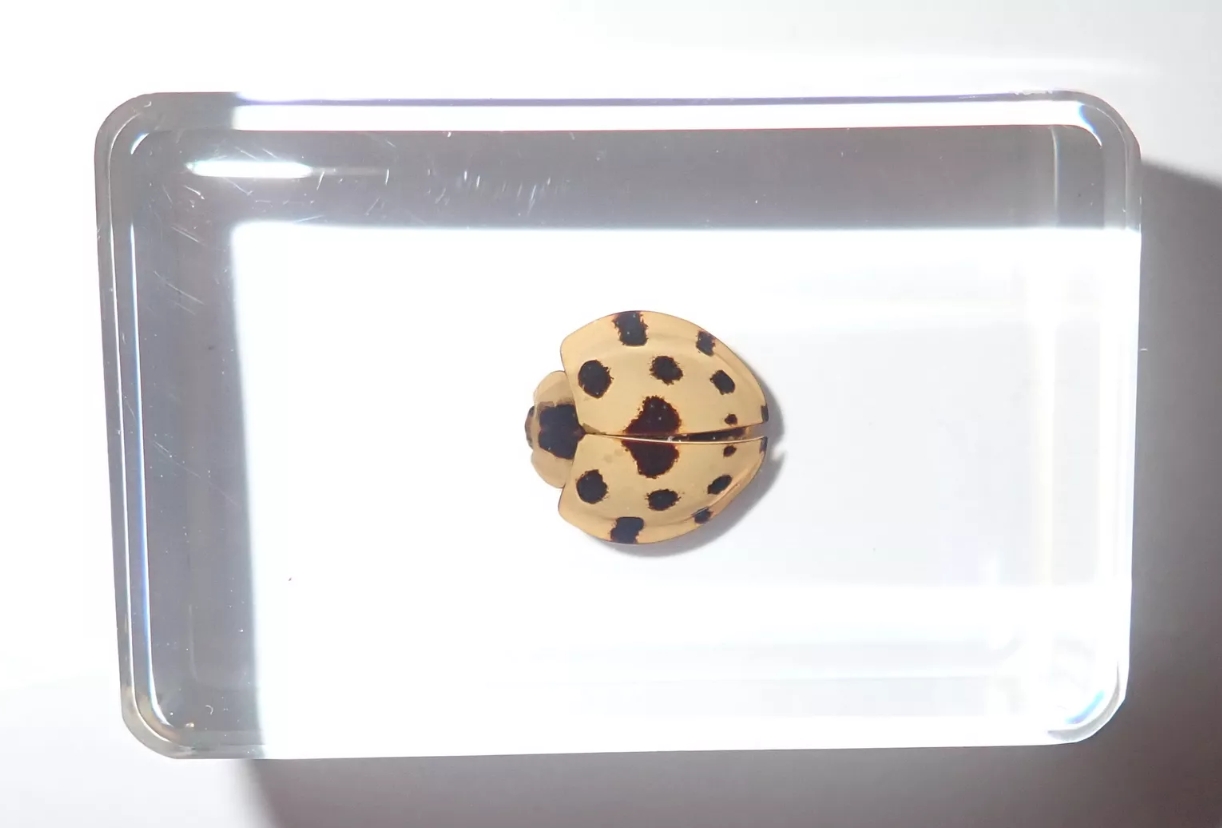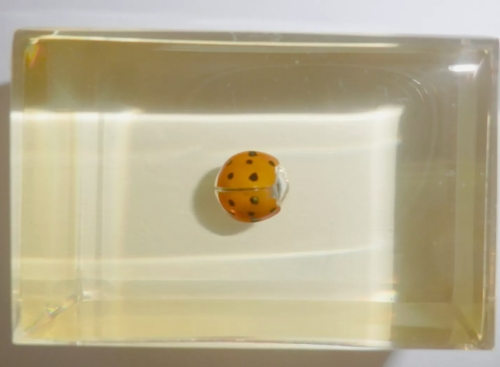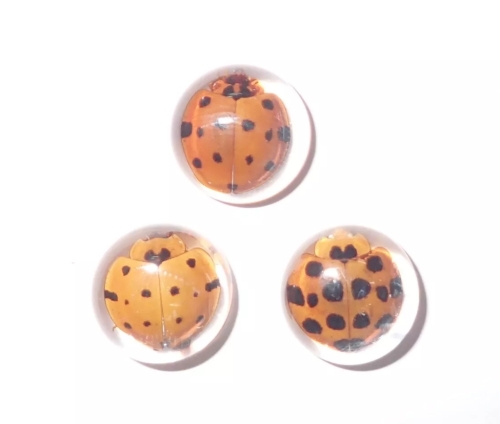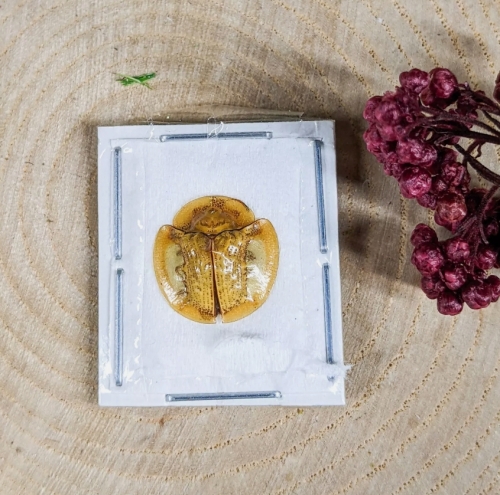The ladybug, also known as the seven-star ladybug, is famous in the insect world for its bright colors and unique forms. They are not only an important organism in nature, but also an indispensable role in the ecosystem. Ladybug taxidermy not only helps us better understand the characteristics and habits of this insect, but also provides important materials for biology and environmental education.
The process of making a ladybug specimen usually involves steps such as capture, preservation and fixation. When hunting, you can choose to look for ladybugs in flowers or on the leaves of plants on a sunny day. Because of their dependence on plants, they usually congregated in specific ecological environments. After catching a ladybug, it should be placed in a special specimen box to avoid causing harm to it.
There are many methods of preservation, among which common ones include refrigeration or soaking in alcohol. Ladybugs soaked in alcohol can maintain their color and shape for a long time, which is convenient for subsequent observation and research. When fixing ladybugs, needle specimens are usually used. It is pierced with a needle and fixed to the specimen plate, which can be turned right side up to clearly show its features.
Ladybugs vary in color and spot pattern, common with red with black spots of the seven-star ladybug, its color not only has a warning effect, but also can attract the attention of researchers. In the description of the specimen, the information such as body length, color, number and distribution of spots can be recorded in detail, as well as the location and time of capture, so as to facilitate subsequent classification and research.
















